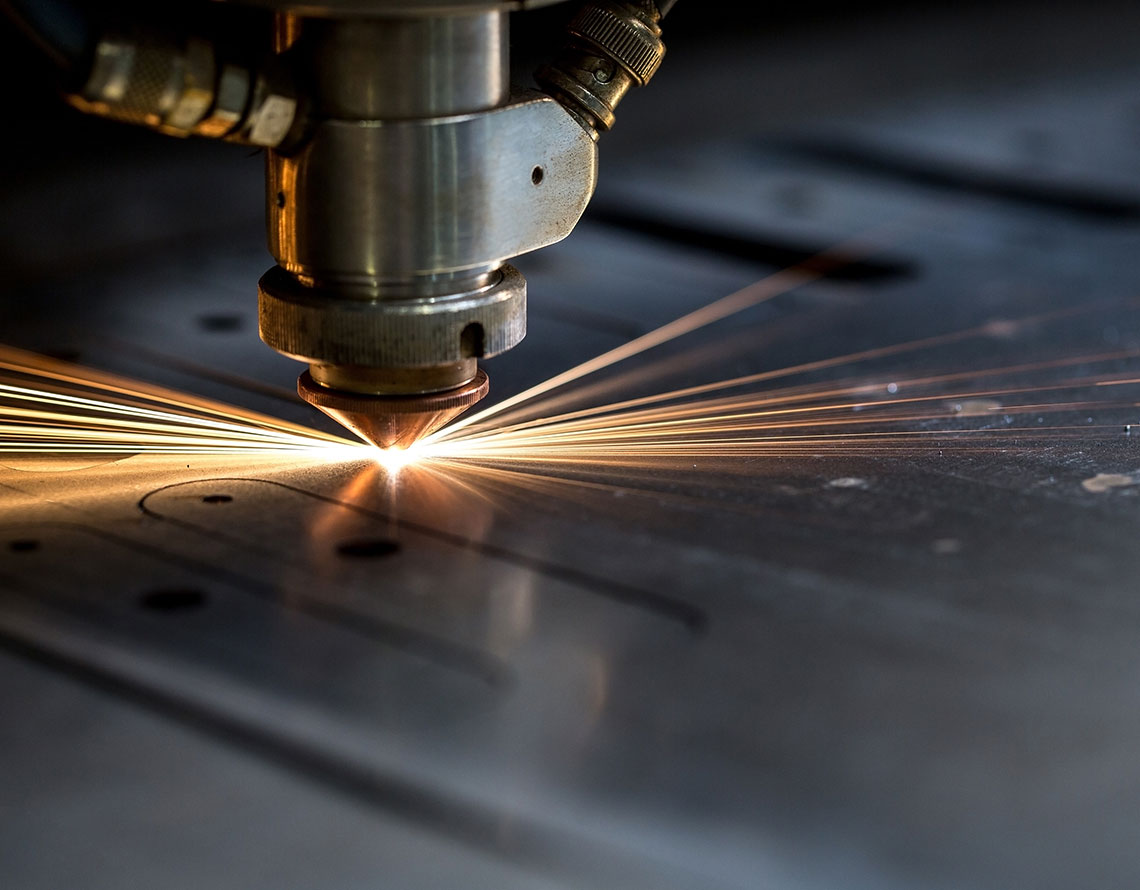Steel remains a pillar of the world economy, and the steel industry plays a strategic development role for several countries. According to statistics from the WorldSteel Association, which collects data from 64 countries around the world, more than 158 million tons were produced in 2020 for a turnover of 2.5 trillion dollars. The highest growth is recorded in emerging economies, but it also remains fundamental in Europe where steel is required every year by the construction, mechanical, automotive and energy industries.
The Italian steel industry
In Italy, the steel industry is represented by Federacciai, with 130 steel companies, or 95% of national production equal to over 20 million tons, in second place in Europe after Germany. According to the statistics of the Inox Center, among the various steels produced, stainless steel represents 5% of national production, but Italy remains one of the largest per capita consumers in the world.
The properties of stainless steel
The main properties of this metal are hardness, ductility and resistance to corrosion, traction, wear and heat. By steel we mean an alloy between Iron (Fe, metallic element) and Carbon (C, non-metallic alloying element). The proportion between these two elements determines the type of steel produced. In stainless steel we also find Chromium (Cr) combined with Nickel (Ni) and Manganese (Mn), which respectively can provide resistance to corrosion, plasticity and non-magnetic.
The AISI (American Iron and Steel Institute) designation divides the steels by strength class with a three-digit code and a possible final letter.
Stainless steels on the market
When purchasing stainless steel equipment, it is important to know which steels have been used by the manufacturer and whether they comply with the regulations in force within the European Union. In particular if they comply with the MOCA regulations (Materials and Objects in Contact with Food) and the regulation for the disposal of scrap and waste.
- AISI 201/202 stainless steel. They are composed of 13-14% Cr and the Ni is partially replaced with Mn (non-magnetic), which however oxidizes. For this reason the MOCA regulation excludes them from contact with food, because there is a risk of contamination. Since imported steel does not comply with European regulations, it will not be withdrawn from steel mills within the European Union.
- AISI 304 stainless steel. It belongs to the category of austenitic steels, also known as 18/10 (18% Cr / 10% Ni). It is the most used in the food sector because it is an excellent compromise between corrosion resistance and plasticity (molding). It is suitable for contact with food and is withdrawn from European steel mills.
- AISI 316 stainless steel. It has greater resistance to corrosion by acid substances and is more suitable for use at high temperatures. It is allowed to be used on surfaces in contact with food and is withdrawn from European steel mills.
- AISI 430 stainless steel. Also known as ferritic, it contains 13-14% Cr, while Ni is absent. It is better for thermal conduction, but is worse resistant to corrosion. Contact with food is allowed and is withdrawn from European steel mills.
The stainless steel chosen by INOXBIM
For several years INOXBIM has chosen to focus on energy saving and low environmental impact. For this reason, our production uses only AISI 304 and 430 stainless steel. Thanks to this choice, we allow compliance with the regulations and collection by steel mills without creating inconvenience and additional disposal costs for our customers.
Through the products page of our website, it is possible to download the technical data sheets of our equipment, where we report all the specifications in this regard.


